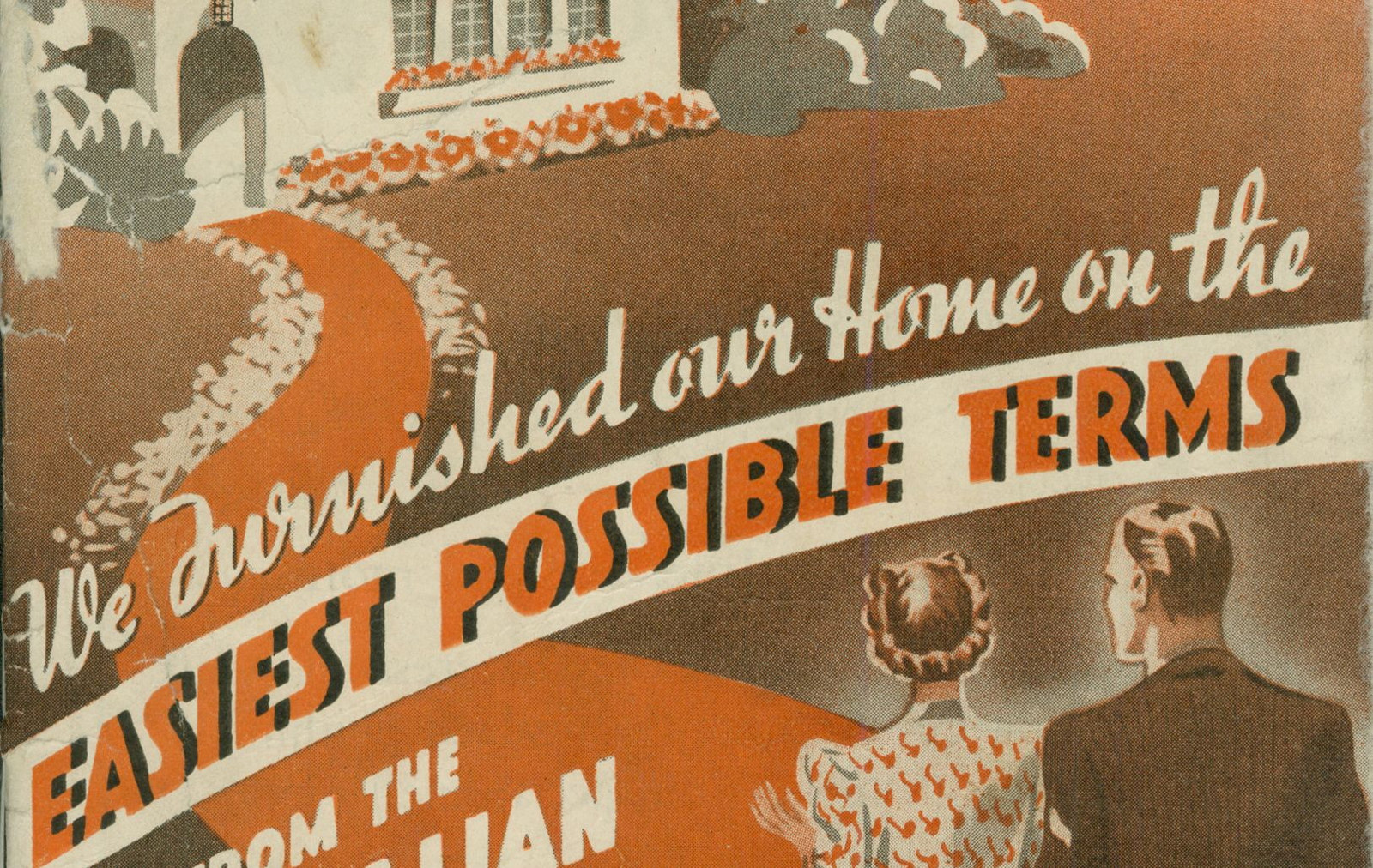Grace Bros
From its location just outside Sydney’s main business district, Grace Bros grew to become one of the city’s largest department stores and by the 1960s had developed a huge network of branches in suburban Sydney and regional NSW.
English immigrant brothers, Joseph Neal (1859-1931) and Albert Edward Grace (c1863-1938) established their first store in George Street West (Broadway) in 1885.
The story of Grace Bros up until the First World War is one of rapid and constant expansion. A new four-storey building was completed in 1896 to house furniture and ironmongery departments and a series of other buildings were erected up until World War I. To provide the latest power supply to light and operate these buildings, a private electricity plant was constructed in 1903. However, Grace Bros made arguably its greatest impact on Sydney’s landscape with the erection in 1904 of a five-storey building on the western corner of Broadway and Bay streets topped with a glass and steel globe bearing the company name that became a symbol of the company (a second matching globe on the opposite side of Bay Street was not erected until 1926).
A general catalogue from around 1910 for Grace Bros, ‘The Model Store’ (TC 658.871 GRA) maps out each of the company’s buildings and each of its departments on floor plans. The 1913 catalogue (TCQ 658.871 GRA/1) features photographs of Grace Bros’ buildings including its new four-storey furniture palace and furniture repository in Bay Street, across the road from its main store.
Grace Bros imported most of its stock in this period, and in order to buy direct from English manufacturers they established a London buying office in 1908. However, the company began making its own clothing as early as 1899, and established a factory in nearby Chippendale from which by 1913 they were also fitting upholstery and making mattresses and picture frames.
Grace Bros removal service, established in 1911, became an important and highly visible part of the company’s business portfolio: the 1923 furniture catalogue (TCQ 749.20492 GRA) stated that the company specialised in interstate removals by road, rail or sea. And the numerous catalogues produced in the 1920s illustrate the huge range of stock and services offered by the company that boasted 3,000 employees by 1923. The general catalogue of that year (TCQ 658.871 GRA/3) illustrated a pharmacy, hairdresser and portrait photography services, while the 1927 furniture catalogue (TCQ 749.20492 GRA/3) showed colour images of the showroom floor with furniture extending across 3.5 acres.
Grace Bros’ huge range meant the company could appeal to a wide variety of tastes and incomes. A comparison with other Sydney home furnishing stores of the period shows that the price of bedroom suites, for example, started at amongst the lowest prices available and stretched to some of the most expensive. The Queensland maple bedroom suite with oxidized silver gum leaf handles (1926 furniture catalogue, TCQ 749.20492 GRA/2) exhibited at the Empire Exhibition in London and the interior decoration and painted furniture by artists, Thea Proctor and Roi de Mestre, (The Home magazine advertisement, April 1927) were not only pricey, but also the latest in fashion.
The early 1930s were difficult for Grace Bros not just due to the depression, but also because the opening of the Sydney Harbour Bridge and diversion of city tram routes affected passing trade. The building of the substantial Morrow and Gordon designed Grace Building (1930) on land bounded by York, King and Clarence Streets was a failed attempt to counter changed traffic flows. As a result, the company decided to open suburban branch stores, beginning with Parramatta in 1933 and Bondi Junction in 1934. A five-storey furniture repository was opened at Chatswood in 1938, and more suburban branches opened after World War II, the goal of management being to put a Grace Bros store within 10 minutes drive of every Sydney home. The company also acquired the country stores of JB Young and re-badged them under the Grace Bros name.
After World War II, Grace Bros established a Home Plans Service to satisfy the huge demand from owner-builders of the period, publishing a series of folded sheets each containing 20 or 30 home plans. Grace Bros' Homes Plans Service was located in the furniture department of their Broadway store and included a service whereby "trained and qualified architectural staff "were in attendance during store hours to provide free advice for all home building problems. The Service maintained a stock of approximately 500 plans of nearly 50 designs which had been featured either in the Sunday Telegraph or in leaflets on sale in the service office and a new stock plan was featured each week in the Sunday Telegraph.
Grace Bros was eventually taken over in 1983 by rival Melbourne retailer, Myer Ltd, though the Grace Bros name lived on until 2004.
More home furnishings stores
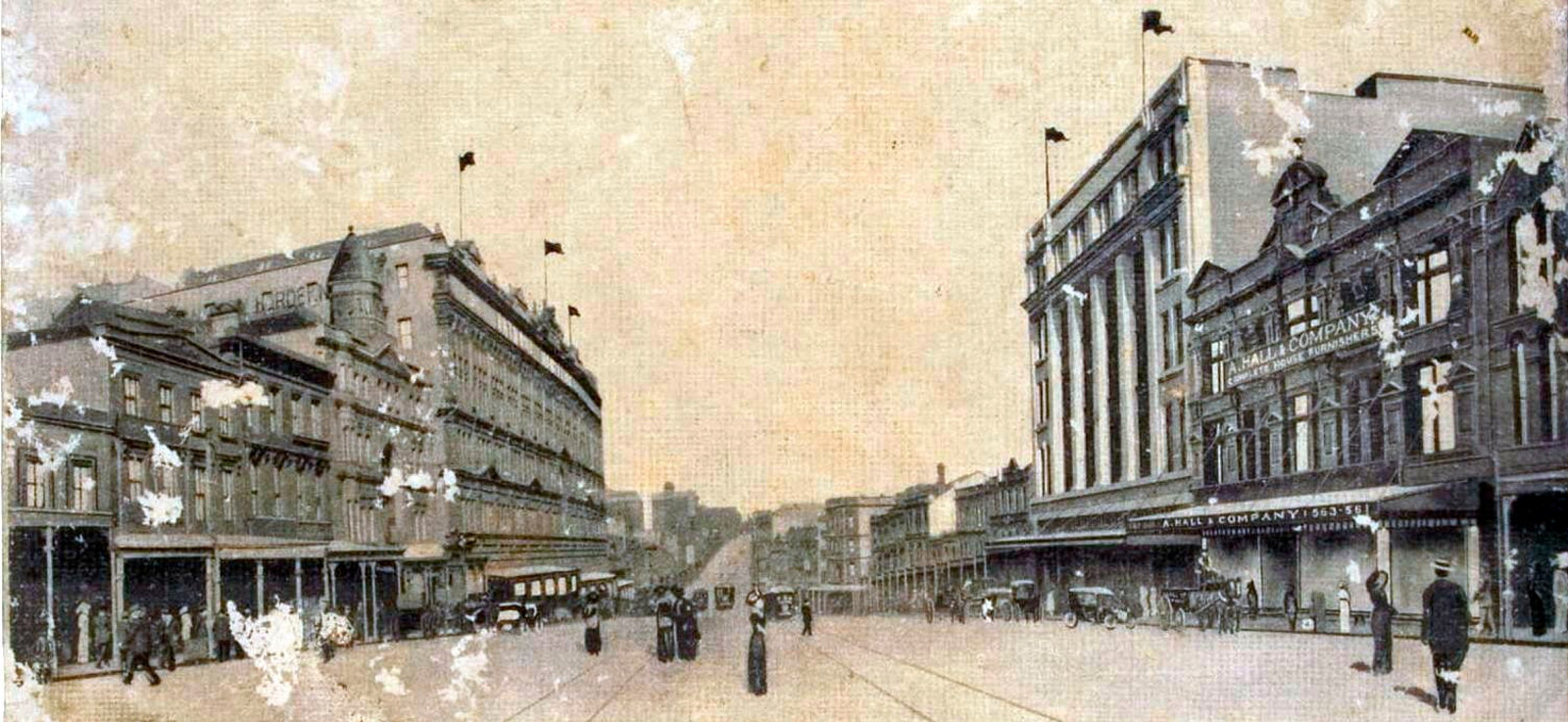
Sydney's home furnishing stores
A Hall & Co
A Hall & Co was a retailer of home furnishings and manufacturer of furniture.

Sydney's home furnishing stores
Anthony Hordern & Sons
Anthony Hordern & Sons was arguably Australia's largest retailer from the late 19th through to the mid-20th century.
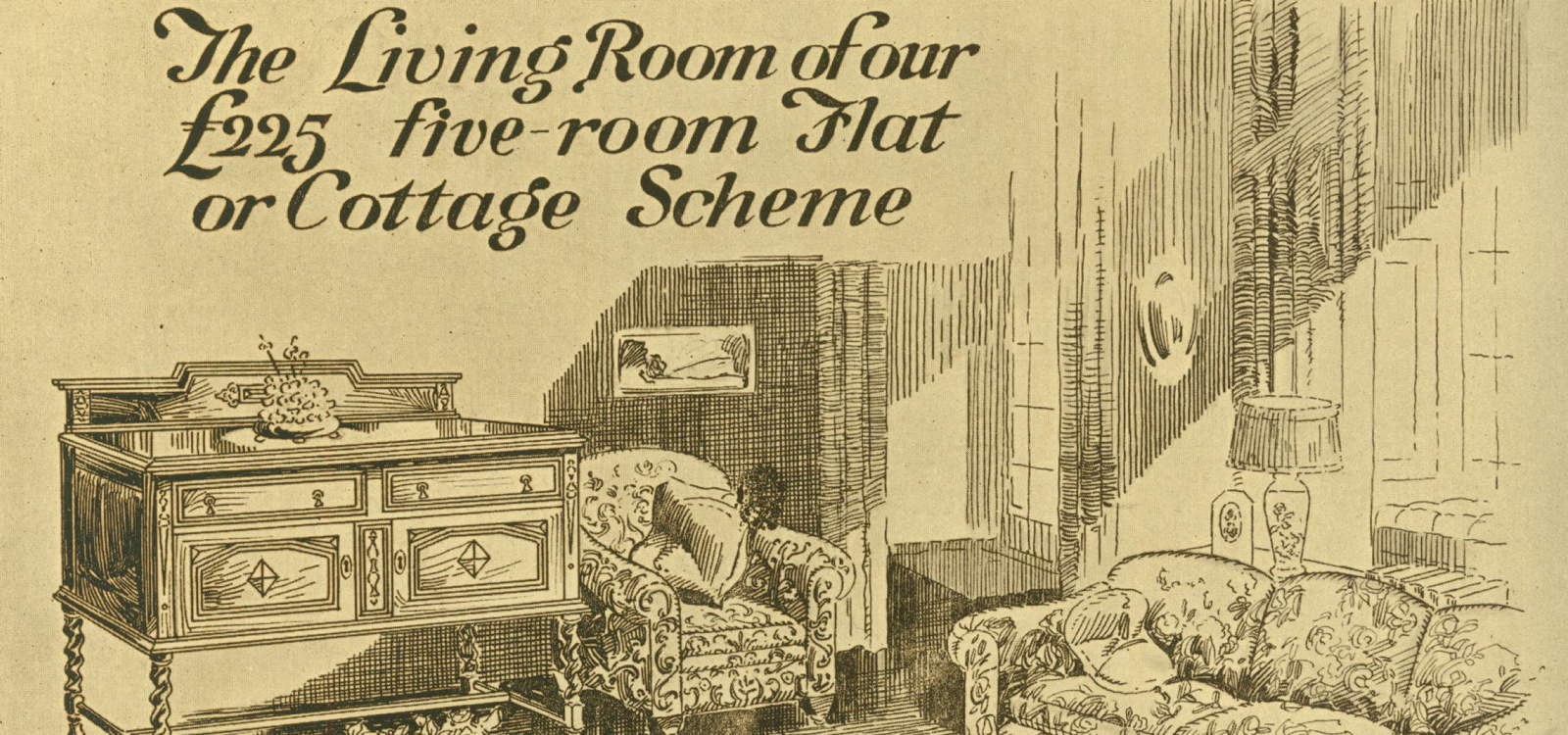
Sydney's home furnishing stores
Beard Watson & Co
Beard Watson & Co was renowned in Sydney as a retailer and manufacturer of high-class furnishings for the home.
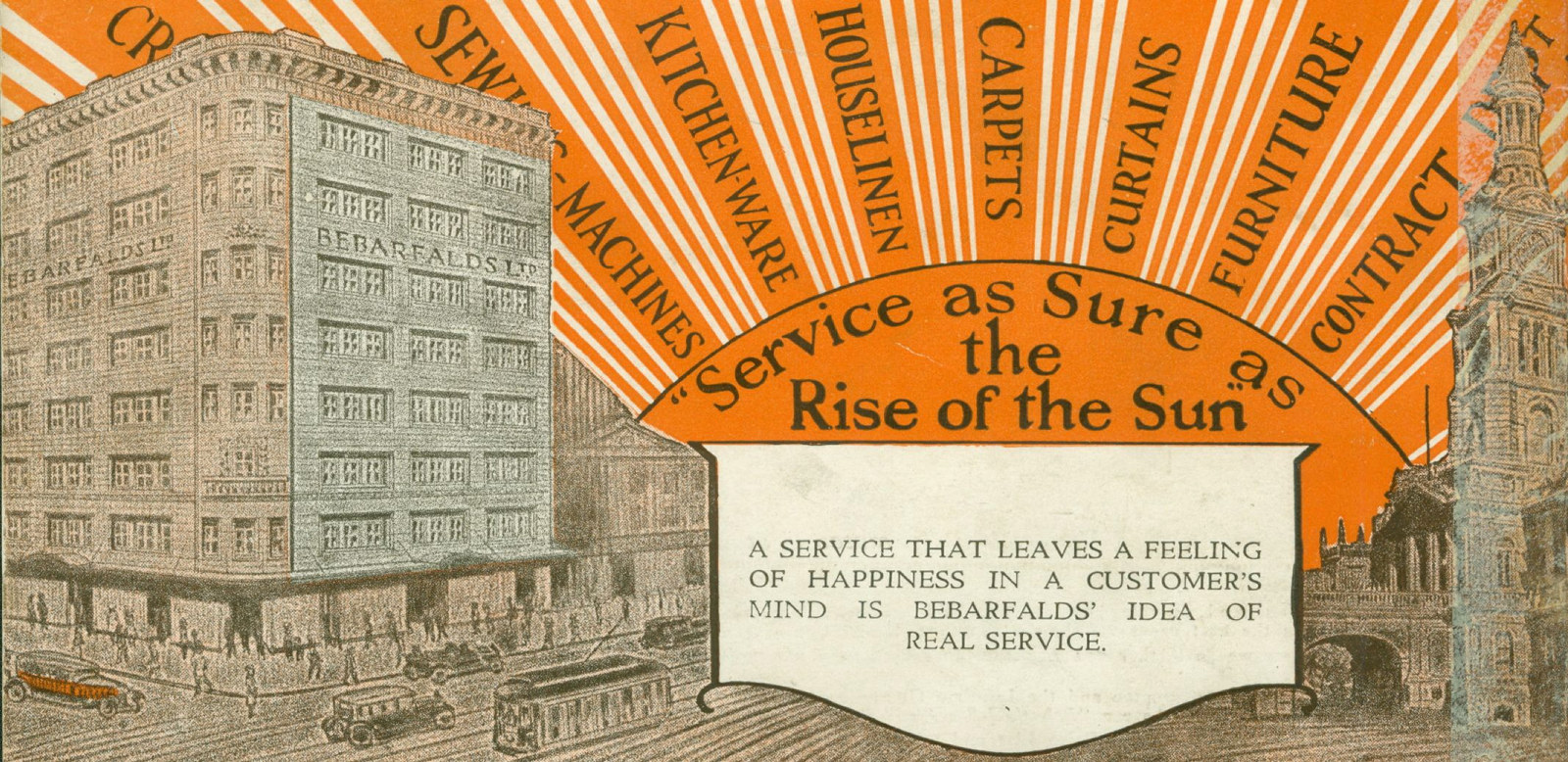
Sydney's home furnishing stores
Bebarfalds
Bebarfalds was a retailer of home furnishings and manufacturer of furniture, trading for many years from its landmark location opposite the Sydney Town Hall on the corner of George and Park Streets.
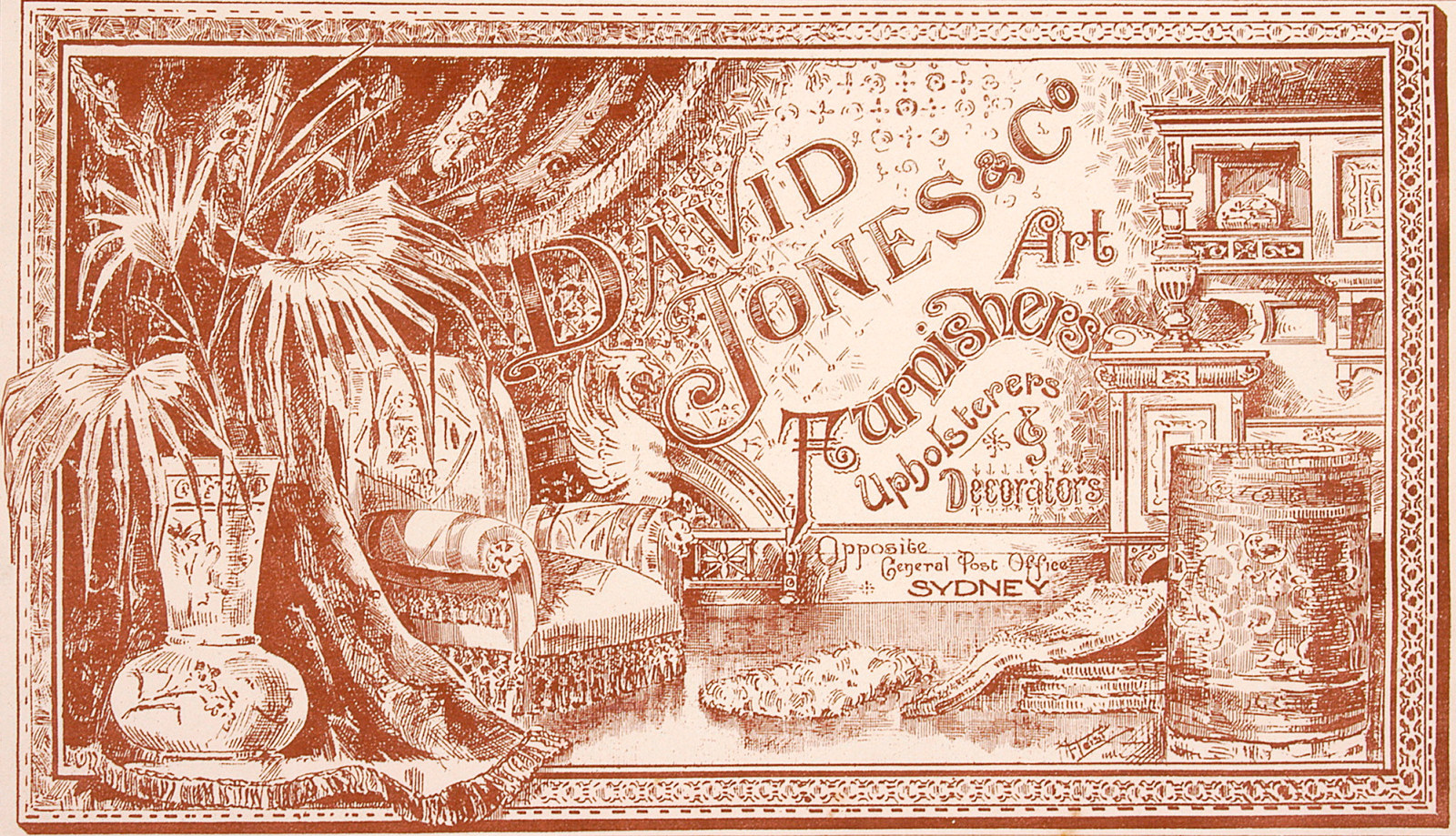
Sydney's home furnishing stores
David Jones
The David Jones name has long been synonymous with retailing of fine merchandise
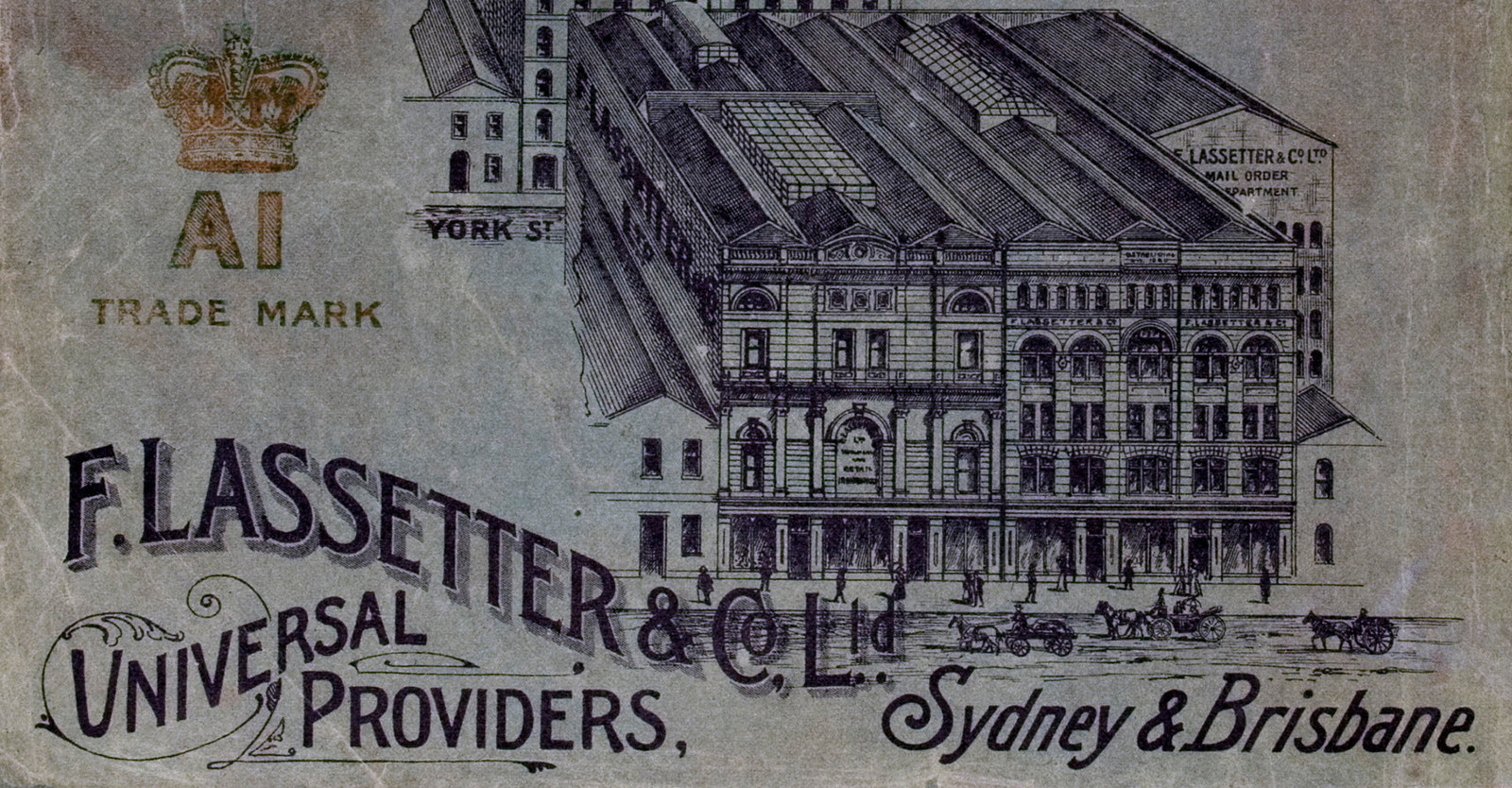
Sydney's home furnishing stores
F Lassetter & Co
F Lassetter & Co started life as an ironmongery business, becoming one of Sydney's largest 'universal providers' by the end of the 19th century
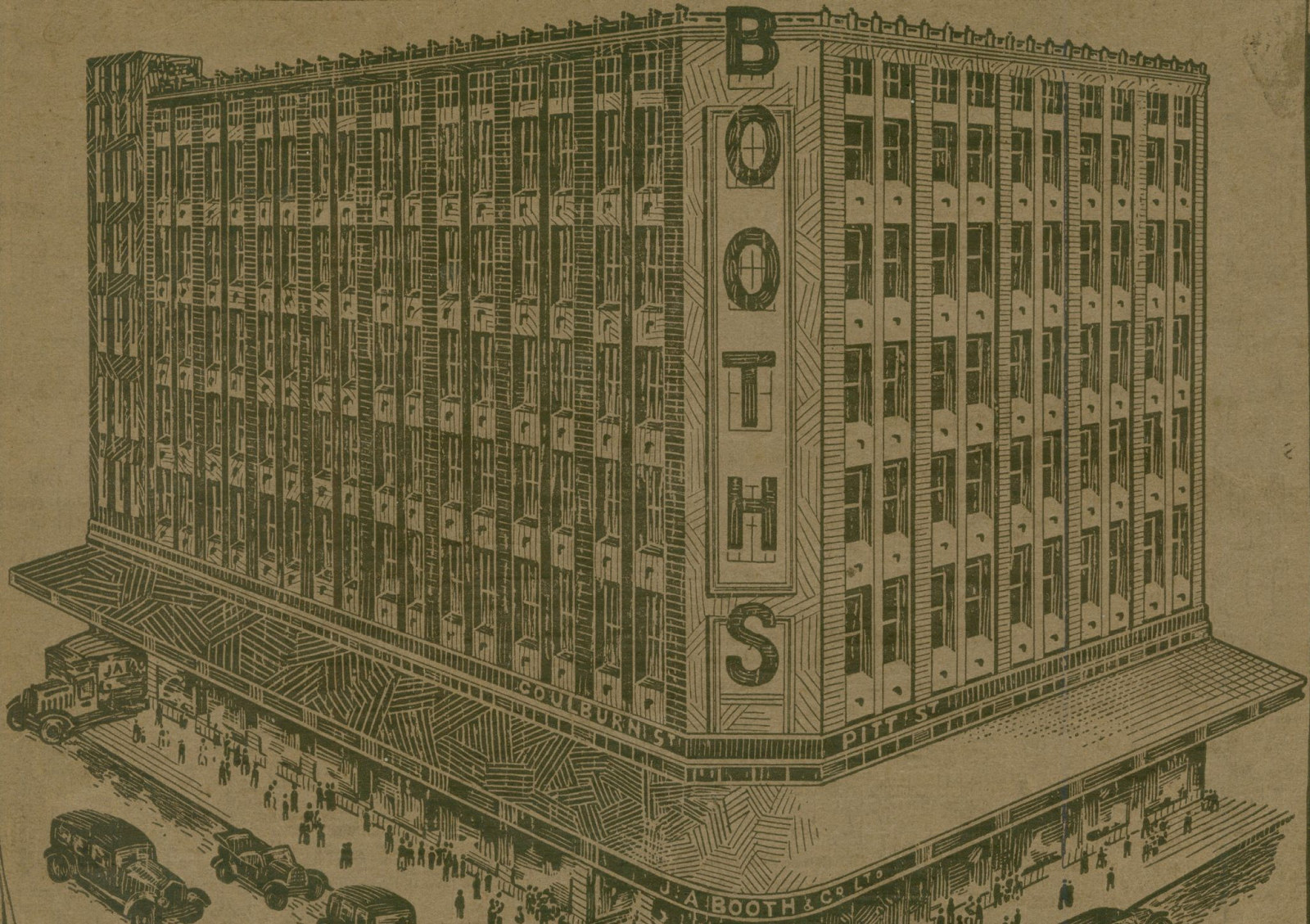
Sydney's home furnishing stores
JA Booth & Co
Although J A Booth & Co was a Sydney furniture and furnishing retailer for over 50 years, the company started life in a very different manner: as tea merchants.
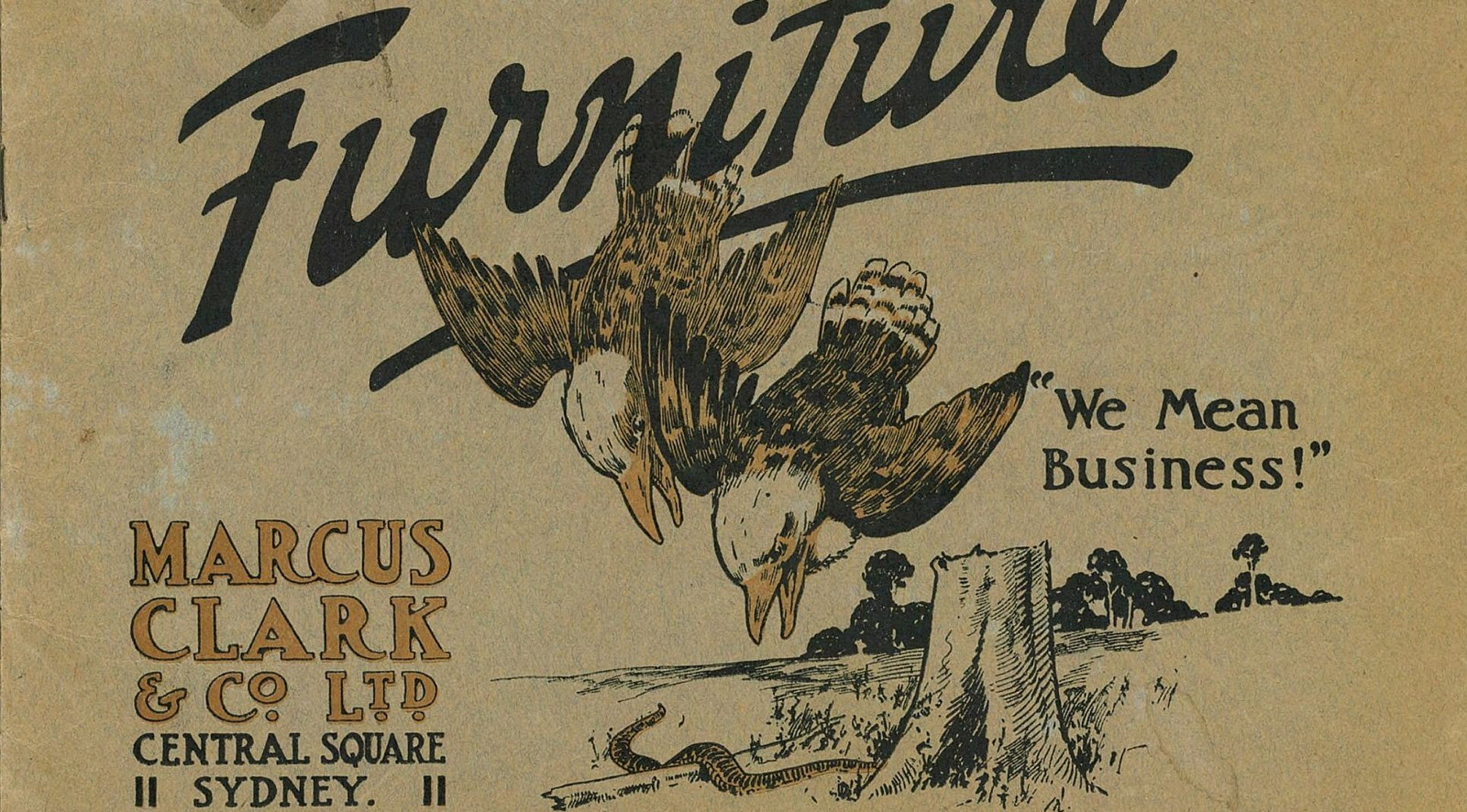
Sydney's home furnishing stores
Marcus Clark & Co
From a modest start in the Sydney suburb of Newtown in 1883, Marcus Clark & Co rose to become one of the city's largest department stores
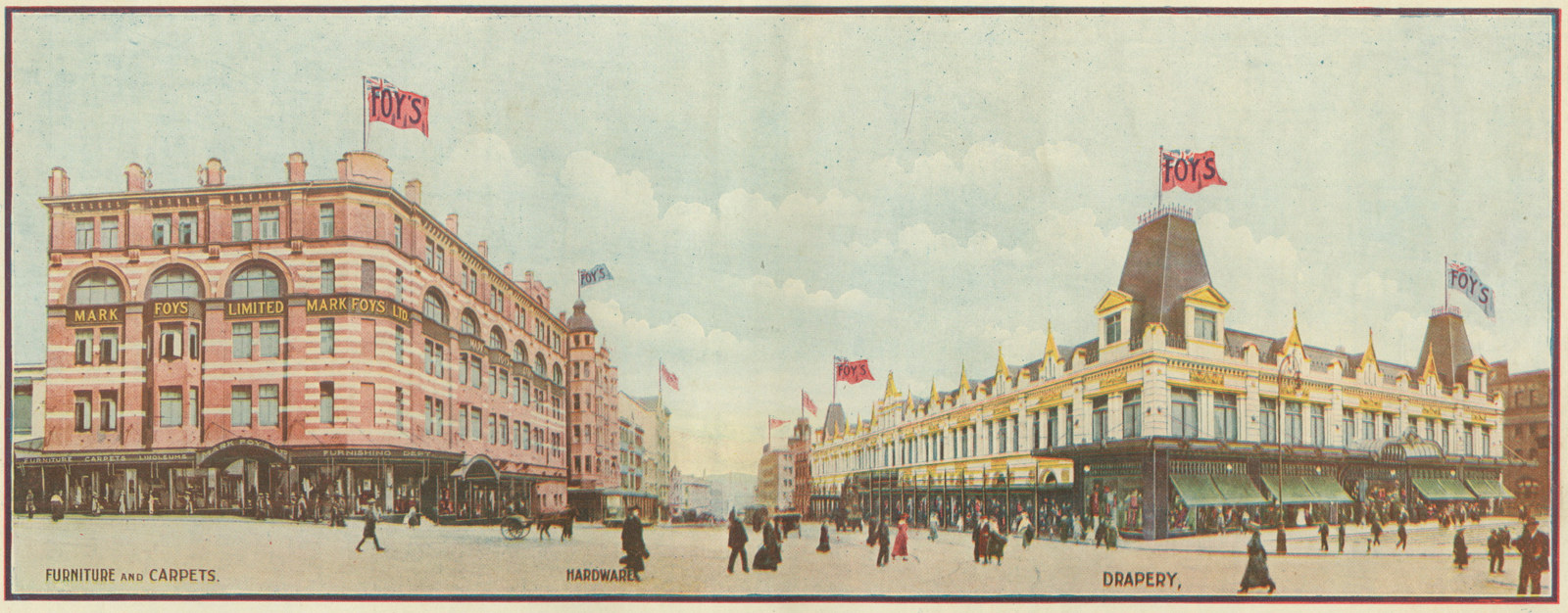
Sydney's home furnishing stores
Mark Foyʼs
Most Sydneysiders associate Mark Foy’s with its impressive former home, now used as the District Court
Published on
